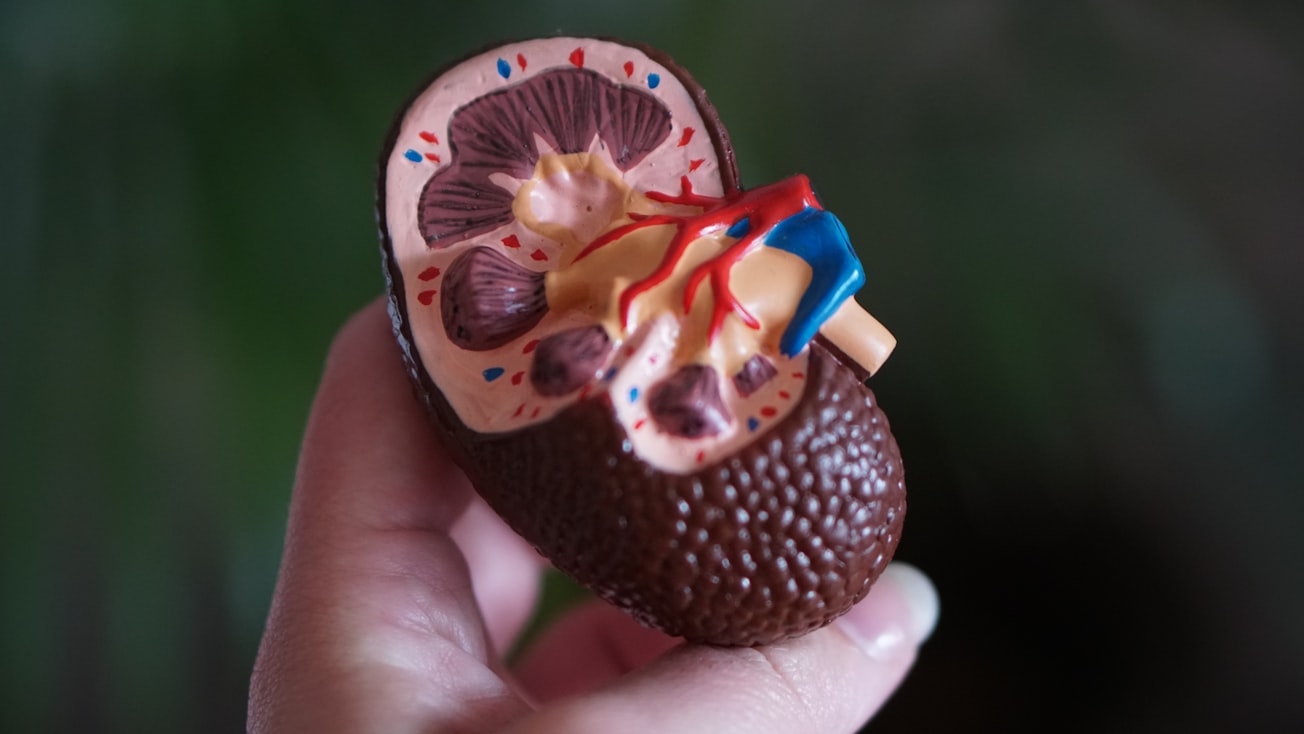What is it about?
Malnutrition is common in patients with acute kidney injury (AKI), particularly in those requiring renal replacement therapy (RRT; also known as dialysis). RRT removes metabolic waste products and toxins that build up in people with renal failure, but it also inevitably removes useful molecules such as micronutrients, which might aggravate malnutrition. There are different types of RRT that in theory may cause removal of more or less micronutrients. We tested this hypothesis in patients attending the Renal and Transplant Unit, City Hospital, Nottingham.
Featured Image

Photo by Robina Weermeijer on Unsplash
Why is it important?
We found that RRT removed lots of micronutrients and amino acids, with big differences between types of RRT; for example, CVVH >> SLEDf > IHD (e.g. amino acid loss was 18.69 ± 3.04, 8.21 ± 4.07 and 5.13 ± 3.1g, respectively; P<0.001). Loss of specific trace elements (e.g. copper and zinc) during RRT was also marked. B-vitamins were undetectable in effluent, but experimental modelling estimated 40-60% loss within first 15 mins of RRT.
Perspectives
Micronutrient and amino acid losses are marked during RRT in patients with AKI, with variation between RRT modalities and micronutrients. In some cases such as continous therapy (CVVH) then micronutrients are highly likely to be adsorbed to the dialysis lines and not be recorded as a net loss to the patient.
Professor David S Gardner
University of Nottingham
Read the Original
This page is a summary of: Micronutrient and Amino Acid Losses During Renal Replacement Therapy for Acute Kidney Injury, Kidney International Reports, August 2019, Elsevier,
DOI: 10.1016/j.ekir.2019.05.001.
You can read the full text:
Contributors
The following have contributed to this page







